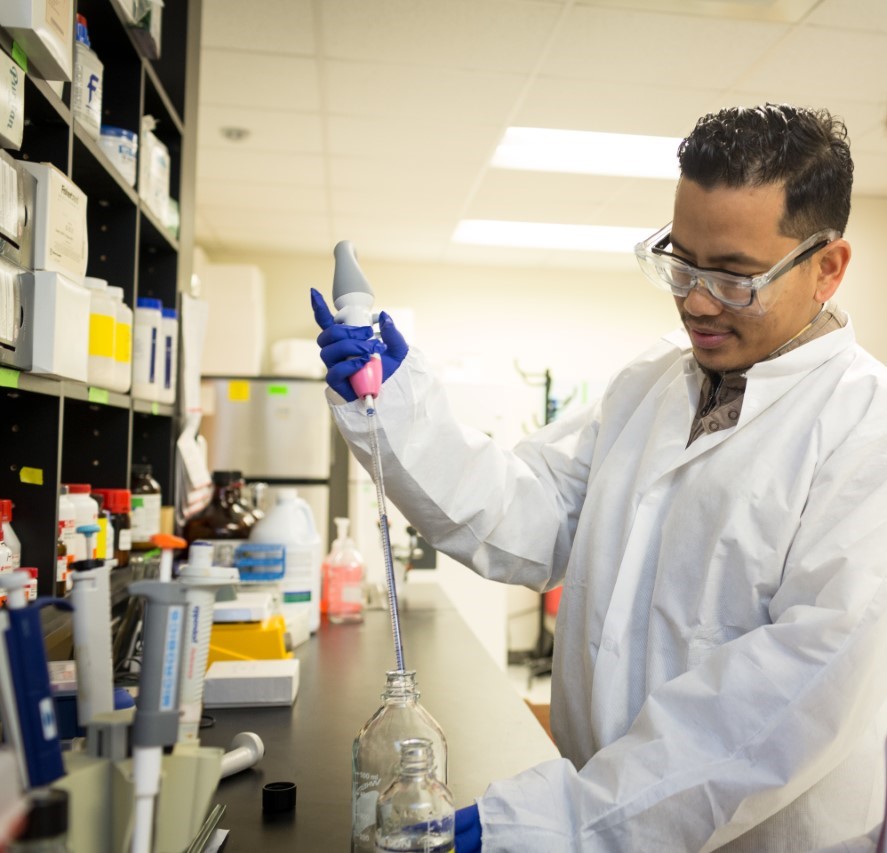Tulane researcher using wastewater to monitor COVID-19

This scanning electron microscope image shows SARS-CoV-2 (yellow)—also known as 2019-nCoV, the virus that causes COVID-19—isolated from a patient in the U.S., emerging from the surface of cells (blue/pink) cultured in the lab. (Photo Credit, NIAID-RML)
A recent Tulane study published in Science of the Total Environment reveals the presence of SARS-CoV-2 RNA in wastewater in Louisiana.
Wastewater-based epidemiology (WBE) has been used to advance our understanding of the emergence and epidemiology of pathogenic viruses such as polioviruses and noroviruses. Although the primary transmission route of SARS-CoV-2 is through respiratory droplets, studies have confirmed the viral RNA can be detected in the feces of infected individuals, even after respiratory symptoms have subsided.
“Although WBE is a promising tool for community surveillance of COVID-19, further studies are needed to improve the concentration methods and molecular assays for more sensitive detection of SARS-CoV-2 RNA in wastewater,” said Dr. Sherchan, lead investigator and assistant professor in the Department of Environmental Health Sciences at Tulane University’s School of Public Health and Tropical Medicine.

Dr. Samendra Sherchan, lead investigator
In this study, scientists collected wastewater samples in Southern Louisiana over a period of four months and monitored SARS-CoV-2 using ultrafiltration method. SARS-CoV-2 RNA was only detected during the month of April.
“At present, we do not know how long SARS-CoV-2 RNA persists in untreated wastewater and if there’s any potential health risk from fecal aerosols to wastewater workers,” said Dr. Sherchan. “National and international wastewater surveillance efforts are underway and my team is a part of this consortium to utilize WBE as an early warning tool.”
